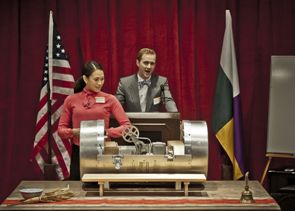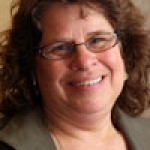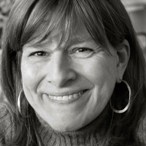
Rachel Grossman
'Beertown' — Making a Show That Builds Community
Posted by May 03, 2012

Rachel Grossman
In September 2010, dog & pony dc (d&pdc) began developing a new show starting with nothing but two books and a question. Our goal was to create an original work as a collective from start to finish; the only thing we knew about the end product was that it would be fully produced 14 months later. Well: we also knew that in this production we wanted to push the boundaries of “audience integration.”
d&pdc is an ensemble-based devised theatre company that creates new ways for audiences to experience theatre. We carry a self-described “healthy obsession” with defining the performer-audience relationship for each show.
“Audience integration” is a foundation of d&pdc’s devising process; the audience’s role in performance is discussed from each project’s birth to its fully-realized production. The approach is highly elastic. On one end of the spectrum: the role of the audience is as witness. At the opposite end: the event doesn't move forward without audience propulsion.
In 2010, we wanted to explore the more risky end. We wanted to create a show in which the audience members were active, vocal participants who ultimately determined the outcome every night. To do that, the audience had to feel compelled to act; they had to become invested and take ownership. In other words: they had to care.
What makes us care? “A crisis” was our initial answer.
Read More















